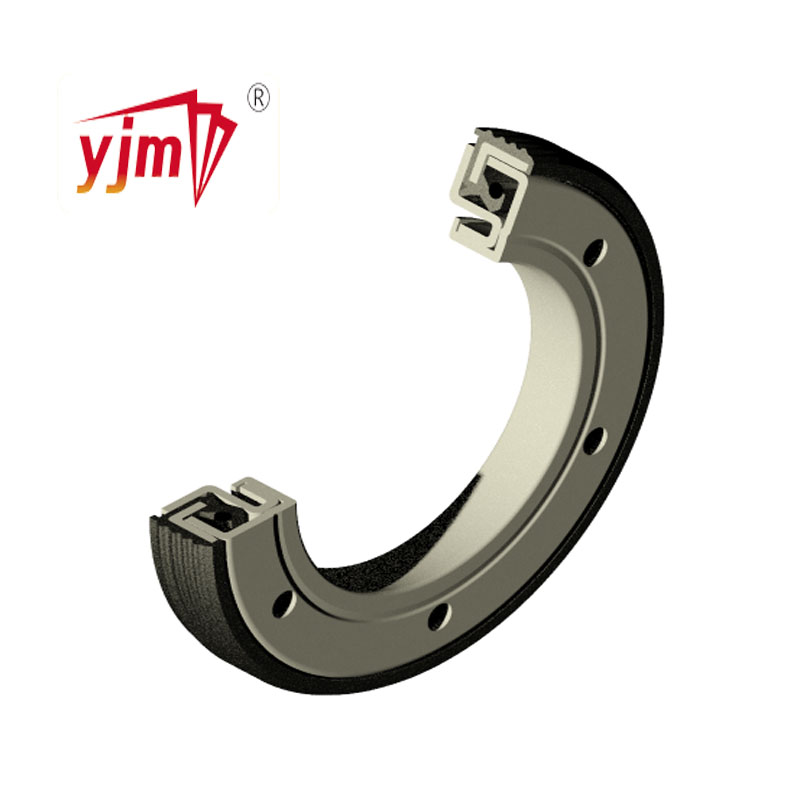replacing oil filter housing
Replacing the Oil Filter Housing A Step-by-Step Guide
Replacing the oil filter housing is a critical maintenance task that helps ensure the proper functioning of your vehicle’s engine. The oil filter housing plays a vital role in the lubrication system by holding the oil filter in place and allowing oil to circulate throughout the engine. Over time, this component can develop leaks or become damaged, leading to decreased engine performance and potential serious issues if not addressed promptly. Here’s how to replace the oil filter housing efficiently.
Tools and Materials Required
Before starting the replacement process, gather the necessary tools and materials. You will need
- A new oil filter housing - New oil filter - Engine oil - Wrench set - Socket set - Oil catch pan - Torque wrench - Clean rags
Step-by-Step Instructions
1. Preparation Start by parking your vehicle on a level surface and engaging the parking brake. Open the hood and remove the engine cover if needed. Allow the engine to cool down to avoid burns.
replacing oil filter housing

2. Drain the Oil Place an oil catch pan under the oil pan and remove the drain plug to drain the old engine oil. This step ensures that you'll not have a messy situation when you replace the oil filter housing.
3. Remove Old Oil Filter Housing Locate the oil filter housing, which is typically where the oil filter is attached. Use a wrench or socket to remove the bolts that secure the housing to the engine block. Carefully detach the oil filter from the housing as well.
4. Install New Oil Filter Housing Place the new oil filter housing in position and secure it with the previously removed bolts. Be sure to tighten them according to the manufacturer’s specifications using a torque wrench.
5. Replace the Oil Filter Before you put the new oil filter on, apply a little bit of oil to the rubber gasket of the new filter. Screw the new filter onto the housing until it is snug.
6. Refill Engine Oil Replace the drain plug and refill the engine with new oil through the oil filler cap. Check the owner’s manual for the recommended oil type and capacity.
7. Check for Leaks Start the engine and let it run for a few minutes while checking for any leaks around the oil filter housing. If everything looks good, turn off the engine and check the oil level, adding more if necessary.
Replacing the oil filter housing might seem daunting, but with the right tools and a little patience, it can easily be accomplished. Regular maintenance not only prolongs the life of your engine but also enhances its performance, ensuring a smooth driving experience. Don't hesitate; get your hands dirty and keep your vehicle running smoothly!
-
The Ultimate Guide to Car Repair Kits: Tools and Essentials Every Driver Should Own
News Aug.01,2025
-
The Complete Guide to Oil Pan Gaskets: Sealing Engine Leaks the Right Way
News Aug.01,2025
-
Preventing Oil Leaks: A Complete Guide to Oil Pan Gaskets and Drain Seals
News Aug.01,2025
-
Everything You Need to Know About Oil Pan Gaskets and Drain Plug Seals
News Aug.01,2025
-
Essential for Car Owners: How to Use a Car Repair Kit to Deal with Minor Breakdown
News Aug.01,2025
-
Comprehensive Guide to Engine Oil Sump Gaskets and Related Seals
News Aug.01,2025
-
The Ultimate Guide to Boat Propeller Bearings and Trailer Wheel Bearings
News Jul.31,2025
Products categories















